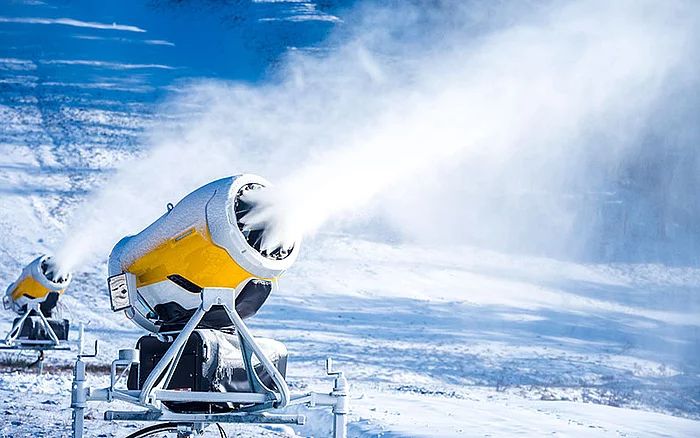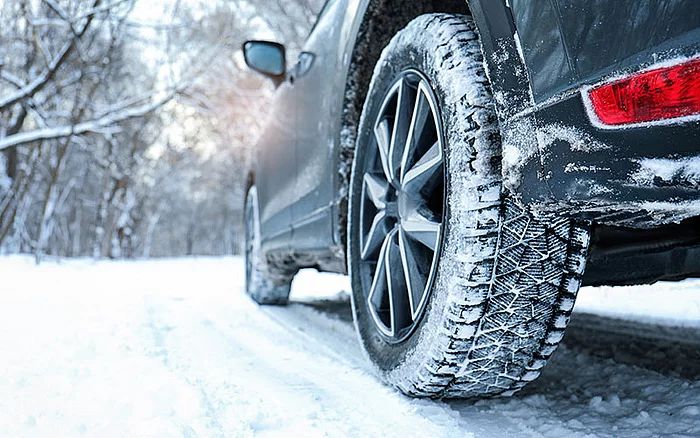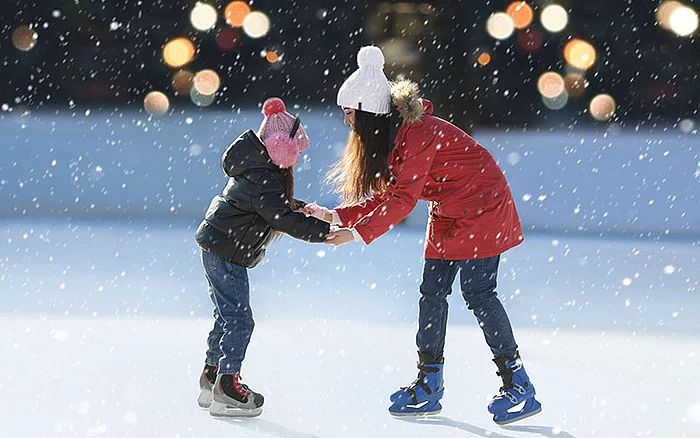Winter is a season that divides opinion, and not just between the hemispheres. For some, cold weather means hot cocoa and roaring fireplaces; for others, it represents nothing but several unpleasant months of scraping snow off car windshields.
Love it or dread it, there is no denying the season's cold temperatures have inspired a host of ingenious inventions and delightful diversions. Today, we can enjoy (or simply tolerate) chilly weather without worrying about our safety and comfort. From practical solutions such as snow tires and insulated clothing to recreational innovations, including snowmaking machines and ice skating rinks, winter has always brought out our creativity.
Each of these examples tells a rich story about Intellectual Property (IP) law — an ongoing relationship between legal protection, seasonal necessity and human ingenuity. To appreciate the role of IP in preserving and shaping our winter experience, we dive into cold-weather favorites to see when, how and why they came to life.
Snowmaking machines: no snow, no problem
A winter without snow might feel like a very long autumn, but a dearth of the white stuff at the opportune moment is the lament not only of reluctant schoolchildren. When nature does not deliver the desired blanket, a wide variety of travel and leisure industries can feel the cold bite. Fortunately, that is where the snowmaking machine comes in.
The ability to produce artificial snow dates back as far as the 1930s, when Warner Bros. technical director Louis Geib combined three rotating blades, a huge block of ice and a high-powered fan. The result was a movie-magic blizzard that, along with accidental discoveries by jet-engine researchers in the 1940s, helped inspire one of the first snowmaking patents.
Ski manufacturer Wayne Pierce needed to boost sales following successive precipitation-free winters — so he started by boosting the weather. He and his garden-hose-based snowmaking solution secured a patent on a method for making and distributing snow.

There is a lot more to snowmaking machines than meets the eye. First, a "nucleator" sprays an ultra-fine cloud of water particles (around 30 to 70 microns in size) into the air. When these freeze into tiny ice crystals, larger water droplets from a mister attach to them, building up fluffy snowflakes.
With the ground prepared, new patents and IP licensing agreements led to bigger and better blizzards, enabling inventors to improve the machines, methods and underlying technologies over time. The result is a world where snow can always be right at your fingertips (or under your skis).
Insulated clothing: a shield against the chill
Clothing as a means of insulation is one of humanity's oldest technologies, or else many of our ancestors may not have survived bitter winters. However, relying solely on traditional garments made of animal pelts is not feasible in the modern age. Eventually, the need for alternatives led to some familiar inventions — for example, soaking coarse linen in linseed oil in 1877 led to the foundation of the Helly Hansen company, which developed the first fleece in 1961. Since then, the Norwegian company has produced new proprietary fabric technologies widely available in today's market.
What made it all possible? A little bit of cold, wet and a lot of patent law. Many modern names in insulated and outdoor clothing, such as Eddie Bauer, took off thanks to clothing patents. Other technologies — including flexible tubes for thermal insulation and separate insulating chambers — have also come in from the cold thanks to patent protection. Even NASA's Johnson Space Center and the United States Air Force have helped keep us toasty over the years.
Winter tires: no more slipping and sliding
Even before cars such as the Ford Model F were rolling around, nobody liked driving in winter conditions. This explains why, in 1904, Harry Weed submitted a patent for non-skid devices that temporarily attached to tires, recognizable today as tire chains. This was followed by a host of other innovations, including specialized treads and unique rubber compositions, that help protect drivers, passengers and pedestrians. The culmination of this progress — at least thus far — is a recent "shape memory alloy" technology that essentially turns regular-use tires into snow tires at the touch of a button.

When it comes to winter tires, deeper treads alone are not enough to provide adequate traction. Pressure applied by a vehicle can melt the top layer of snow or ice the same way an ice skate does. To prevent hydroplaning, additional grooves are needed to channel this water away from the gripping surface.
Ice skating rinks: OK, a little slipping and sliding
To understand the history of ice skating rinks, we must go back to around 1,000 BC, when ice skating is believed to have been invented in Scandinavia. Before the smooth surface itself, we focused our creative energy on improving skates, which began as carved bone and were improved with the use of wood, metal and leather. In 1850, American Edward Bushnell manufactured the first all-steel construction for both the blade and footplate — a timely invention, as British inventor Henry Kirk had introduced synthetic ice just nine years before.
Henry Kirk went on to open the Glaciarium in London, the world's first artificial skating rink as we know it today. While the novelty of all-season skating was undeniable, the synthetic ice left much to be desired. It used hog's lard "to render it more slippery," resulting in a less than agreeable odor — so other inventors around the world made improvements. The idea seemed particularly popular in Paris, where the opening of a rink in 1876 was "crammed to suffocation," according to a French journalist writing to The New York Times. Perhaps inspired by the fervor, inventor Sophie Bachmann even introduced a toy version of a skating rink made of magnets and paper.
Indoor skating was not as popular in the United States, where Americans insisted that outdoor experiences were more fulfilling. Fortunately for skating fans, that sentiment has shifted over the years, and now rinks can be found across the country from cool north to baking south. Patent law helped usher in this new era, protecting rink designs and their accompanying fleets of ice-resurfacing machines.

A body of water must be covered by at least 15cm of ice to be considered safe for an adult to skate on. These conditions are few and far between in urban areas, so artificial rinks are a great and mostly hazard-free way to bring the winter fun to more people. Slips and falls still come with the territory, however.
Hot beverage containers: warmth in the palm of your hand...
In adapting clever ways to stay at ease in the cold, we focused on our bodies and vehicles — but when did we make ourselves truly at home? In 1946, Frank Cotter and G. Howlett Davis introduced the world to the first insulated tumbler, a double-walled device that used air to keep cold drinks chilly and hot drinks warm. The pair went on to create a full line of similar containers under the brand name Tervis, generating a notable array of patents.
However, Tervis' solutions do not exclusively define the market. Other patents have approached the same problems from different angles, including corrugated external sleeves and vacuum assemblies. Perhaps the most recognizable name in this field is Thermos, which has a long list of patents for food containers, children's products and more.
This is a perfect example of how a single invention can branch off in so many different ways — not in spite of patent protection, but because of it. Tervis and Thermos products serve similar needs and markets, but because the underlying designs, technologies and offerings are unique, customers still buy both.
... and the seat of your pants: heated car upholstery
While snow tires may be a child of necessity, heated seats are more of a luxury — one that may drive up the price of your new car's add-on package. Nonetheless, this on-the-go warmth can be traced back to Robert Ballard, whose 1951 patent for an automobile seat heater promised that these surfaces could be heated before drivers and passengers even entered the vehicle. Later patents have covered improved durability, greater responsiveness and even occupant sensor technology.
None of these cold-weather innovations would be possible without determined minds. If you are an inventor in the global weave of winter ingenuity, you deserve the highest level of protection and service, beginning with the support of stalwart legal and consulting experts.
The content of this article is intended to provide a general guide to the subject matter. Specialist advice should be sought about your specific circumstances.

